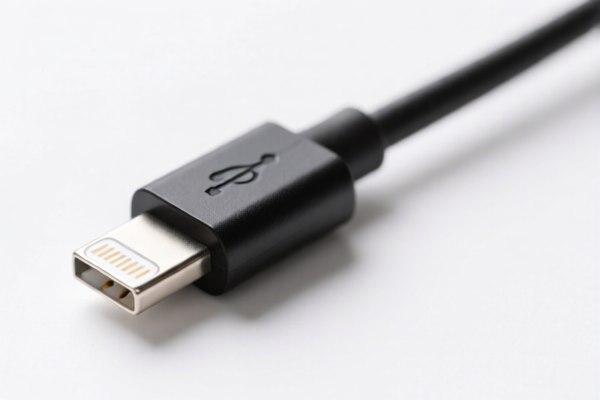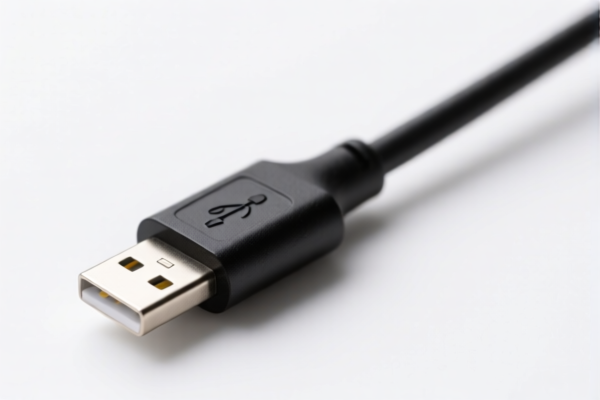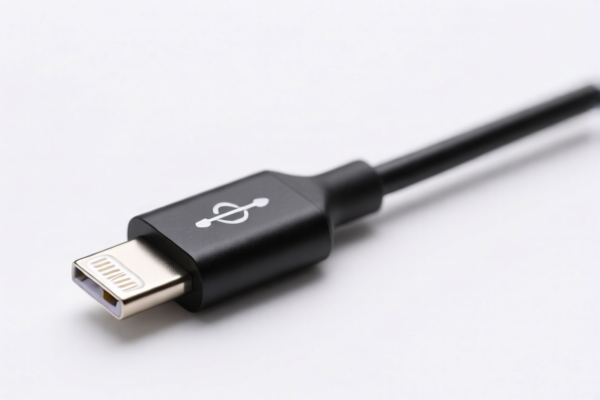| HS Code | Official Doc | Tariff Rate | Origin | Destination | Effective Date |
|---|---|---|---|---|---|
| 8544429010 | Doc | 57.6% | CN | US | 2025-05-12 |
| 3926909600 | Doc | 55.0% | CN | US | 2025-05-12 |
| 8487900080 | Doc | 83.9% | CN | US | 2025-05-12 |




Okay, let's break down the HS codes and tax implications for your "CHARGER CABLE" declaration. Here's a detailed analysis, structured for clarity:
Understanding HS Codes – A Quick Primer
HS codes (Harmonized System codes) are internationally standardized codes used to classify traded products. The first 6 digits are generally consistent worldwide, while additional digits can vary by country. Here's what the digits typically represent:
- Chapter (First 2 digits): Broad category of the product.
- Heading (Next 2 digits): More specific classification within the chapter.
- Subheading (Next 2 digits): Even more detailed classification.
- Additional Digits: Country-specific refinements.
Analysis of Your HS Codes
Let's examine each code you provided:
1. HS Code: 8544.42.90.10 – Insulated Electric Conductors, Fitted with Connectors (Extension Cords)
- 85: Electrical machinery and equipment and parts thereof; sound recording or reproducing apparatus, television-image multiplier apparatus, and parts thereof. (This is your broad chapter)
- 44: Insulated conductors, cable (including coaxial cable) and other insulated electric conductors.
- 42: For a voltage not exceeding 1,000 V, fitted with connectors.
-
90.10: Other (likely referring to specific types of extension cords not elsewhere specified).
-
Tax Implications:
- Basic Duty: 2.6%
- Additional Duty: 25.0% (Currently)
- Post April 2, 2025: Additional Duty increases to 30.0%
- Total Tax: 57.6%
-
Important Notes: This code is suitable for extension cords and similar cables with connectors, designed for voltages up to 1000V. Ensure the voltage rating of your cables matches this specification.
-
2. HS Code: 3926.90.96.00 – Plastics and Articles Thereof (Casing for Cables)
- 39: Plastics and articles thereof.
- 26: Other articles of plastics.
- 90: Other.
-
96.00: Casing for bicycle derailleur cables; and casing for cable or inner wire for caliper and cantilever brakes, whether or not cut to length.
-
Tax Implications:
- Basic Duty: 0.0%
- Additional Duty: 25.0% (Currently)
- Post April 2, 2025: Additional Duty increases to 30.0%
- Total Tax: 55.0%
-
Important Notes: This code is for the plastic casing that protects the cable itself. It's important to declare the casing separately from the cable if they are imported as distinct items.
-
3. HS Code: 8487.90.00.80 – Machinery Parts (Other)
- 84: Nuclear reactors, boilers, machinery and mechanical appliances; parts thereof.
- 87: Parts of machinery.
- 90: Other.
-
00.80: Other.
-
Tax Implications:
- Basic Duty: 3.9%
- Additional Duty: 25.0% (Currently)
- Post April 2, 2025: Additional Duty increases to 30.0%
- Total Tax: 83.9% (Steel and aluminum products have a 25% additional duty)
-
Important Notes: This code is a broad category for machinery parts. It's crucial to ensure this code is appropriate for the specific part you are importing. The high tax rate suggests it's being classified as a more substantial component.
-
Recommendations & Key Considerations:
- Material Verification: For HS Code 8487.90.00.80, confirm the material composition of the part. If it's steel or aluminum, the 25% additional duty applies.
- Connector Details: For HS Code 8544.42.90.10, ensure the connectors are permanently affixed to the cable.
- Separate Declaration: If you are importing the cable, connectors, and casing separately, declare them under their respective HS codes.
- Single vs. Assembled: If the cable and connectors are imported pre-assembled, HS Code 8544.42.90.10 is likely the correct choice. If they are imported separately, you may need to declare them individually.
- Certification: Depending on the destination country and the intended use of the cables, you may need to provide certifications (e.g., safety certifications, compliance with local standards).
- Post-April 2, 2025 Duty Changes: Be aware of the upcoming duty increases on April 2, 2025, and factor them into your cost calculations.
Disclaimer: I am an AI assistant and cannot provide definitive customs advice. This information is for general guidance only. It is essential to consult with a qualified customs broker or import specialist in your specific country for accurate and up-to-date regulations.
Customer Reviews
The HS code breakdown and tax rates for the charger cable were exactly what I needed for my export planning to the US.
The page is thorough, but I found the section on connector details a bit confusing. Maybe more examples would help.
I appreciate the note about the upcoming duty increase after April 2, 2025. That’s something I definitely need to keep in mind.
The guide on how to distinguish between single and assembled parts was really useful for someone new to HS codes.
The detailed explanation of the 8487900080 code was eye-opening. I didn’t realize the tax rate could be so high for machinery parts.